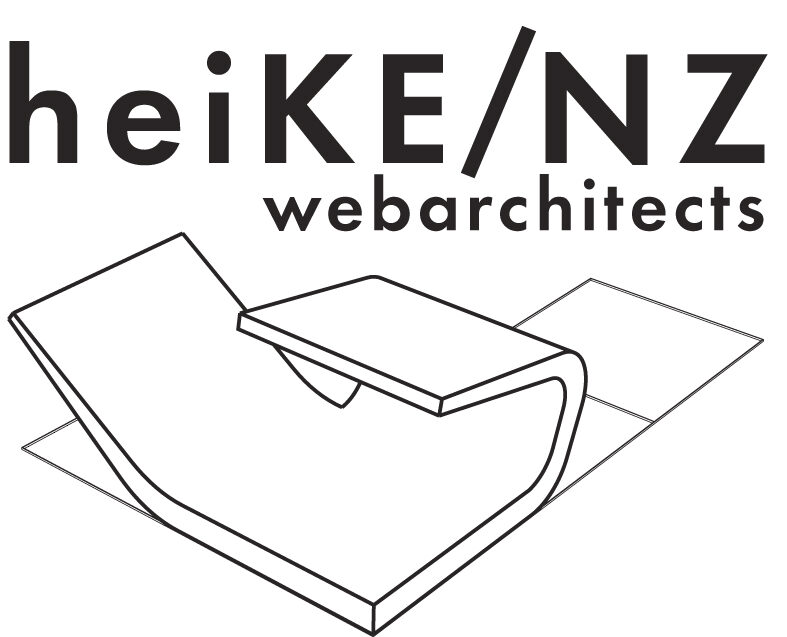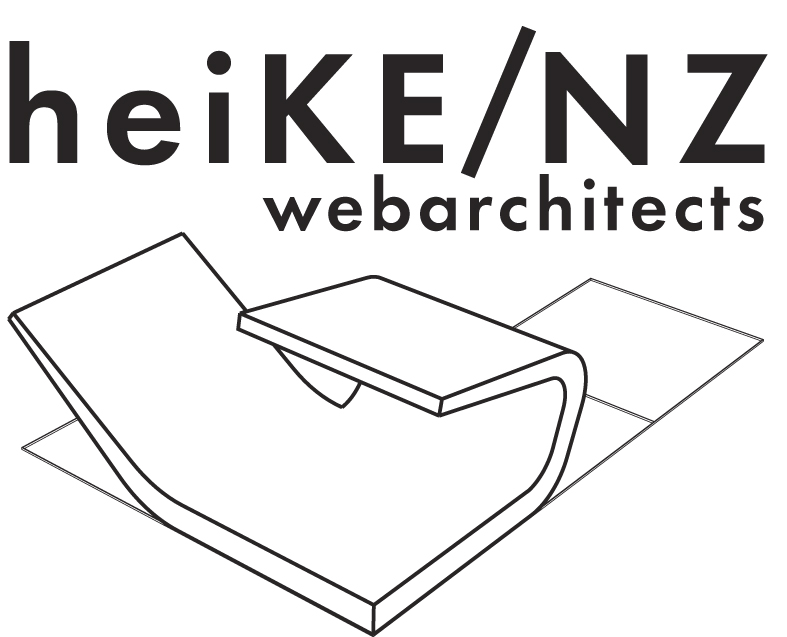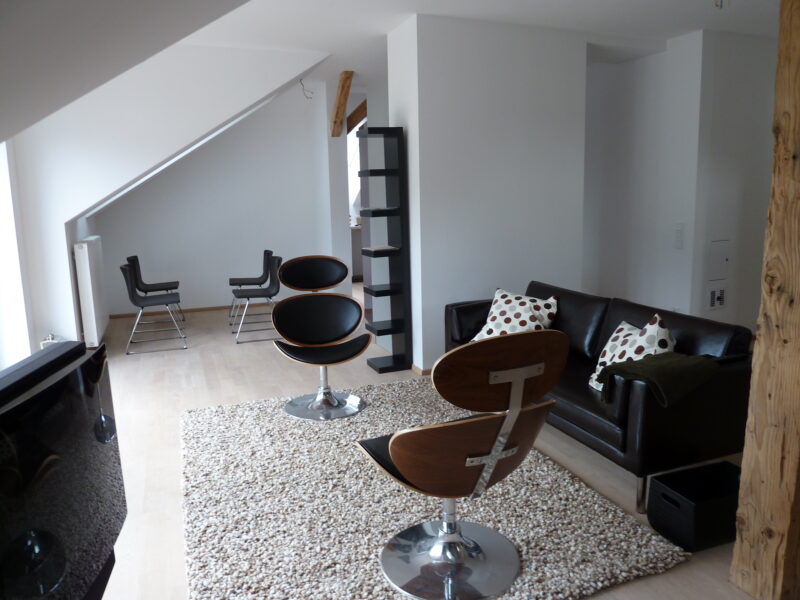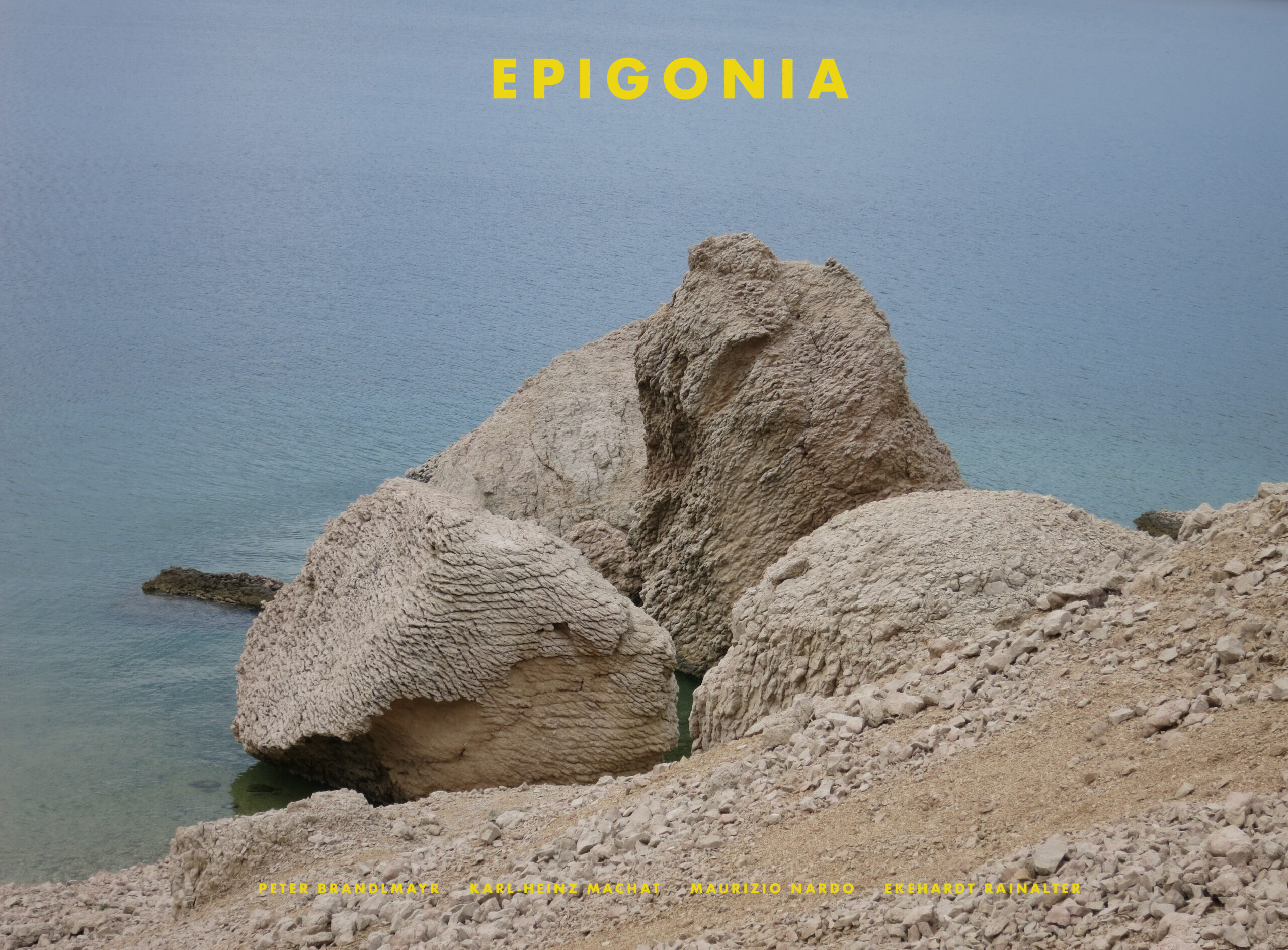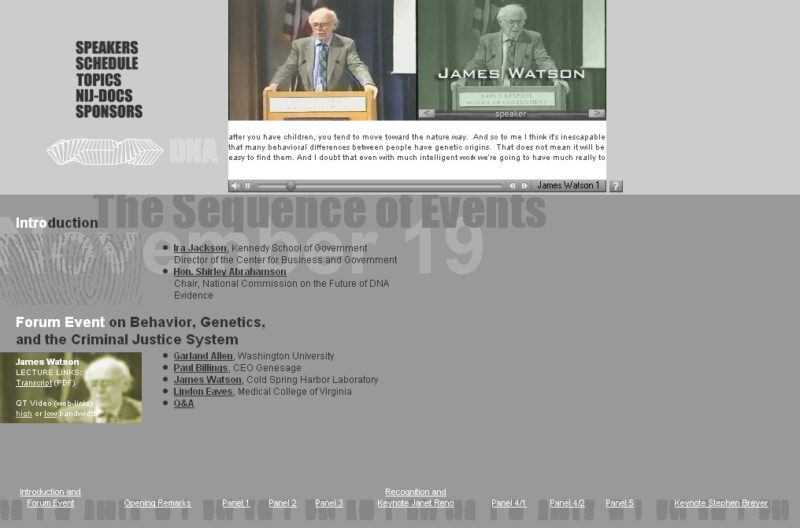
„We propose to use interventions in a variety of urban contexts that aim to disengage incessant data flows – for some city users, for some time. Much as the human eye, even when open, is never always gazing, but blinks from time to time, we’d like to call our proposals the Blinking Eye.“
Viktor Mayer-Schönberger, Karl-Heinz Machat
Allowing for Alternative Modes of Urbanity
Big Data and machine learning (ML) are outstanding strategies for city planners and managers to improve their decisions and enable predictability and stability. They work particularly well, when the future is a continuation of the past. Unfortunately, the very technologies these tools are built on also facilitate transformative changes of economy and society, leading to disruption. In such disruptive times, the future is quite unlike the past – or, technically speaking, there is simply not enough training data for Big Data and ML to bring about stability.
Taking a cue from nature, therefore, in times of disruption the best strategy is massive experimentation. In the context of the eyes of the city, we suggest such experimentation is best enabled by creating moments of void, of temporary disconnection and disorientation. We ask the eyes of the city to blink – to enable, as we explain in greater detail in our submission, interventions such as the social island, the data DMZ or the Terrain Vague, among others.
Viktor Mayer-Schönberger, Karl-Heinz Machat
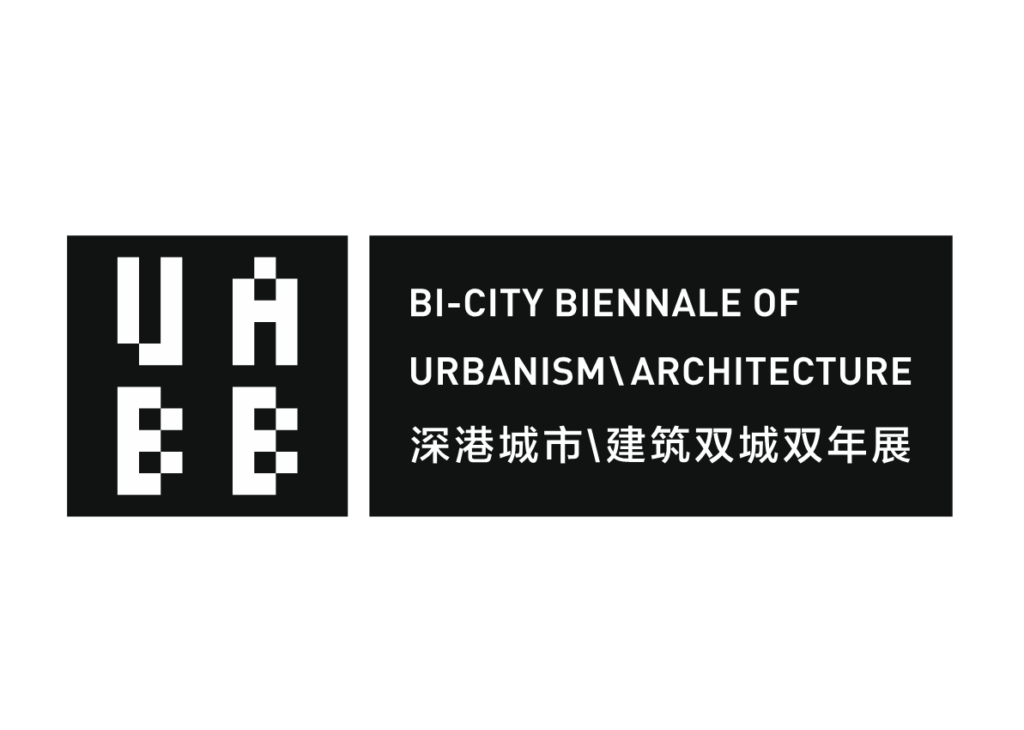
This article was originally written for the Bi-City Biennale of Urbanism\Architecture (Shenzhen) 2019 – “Eyes of the City”. It was not approved by the Chinese censors for publication at the conference. Finally, the architecture blog ArchDaily took on the task of publishing. Read the full article on their website or on the following pages.
